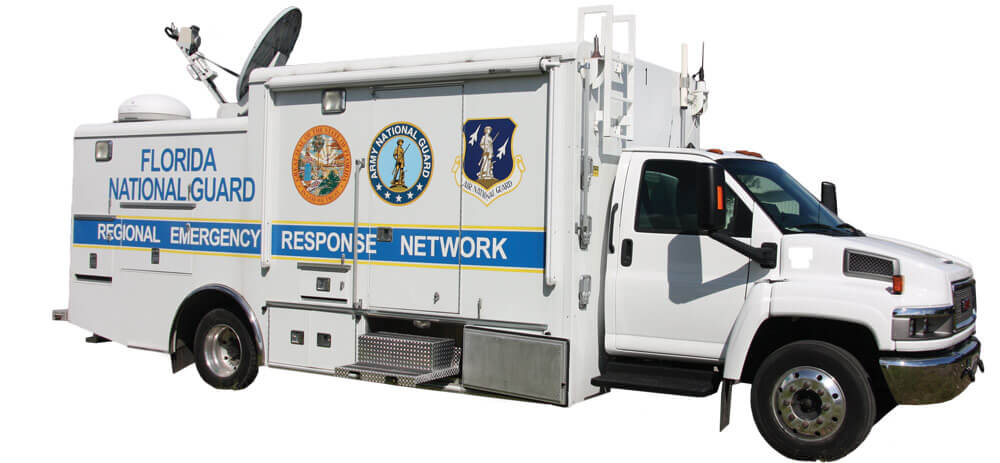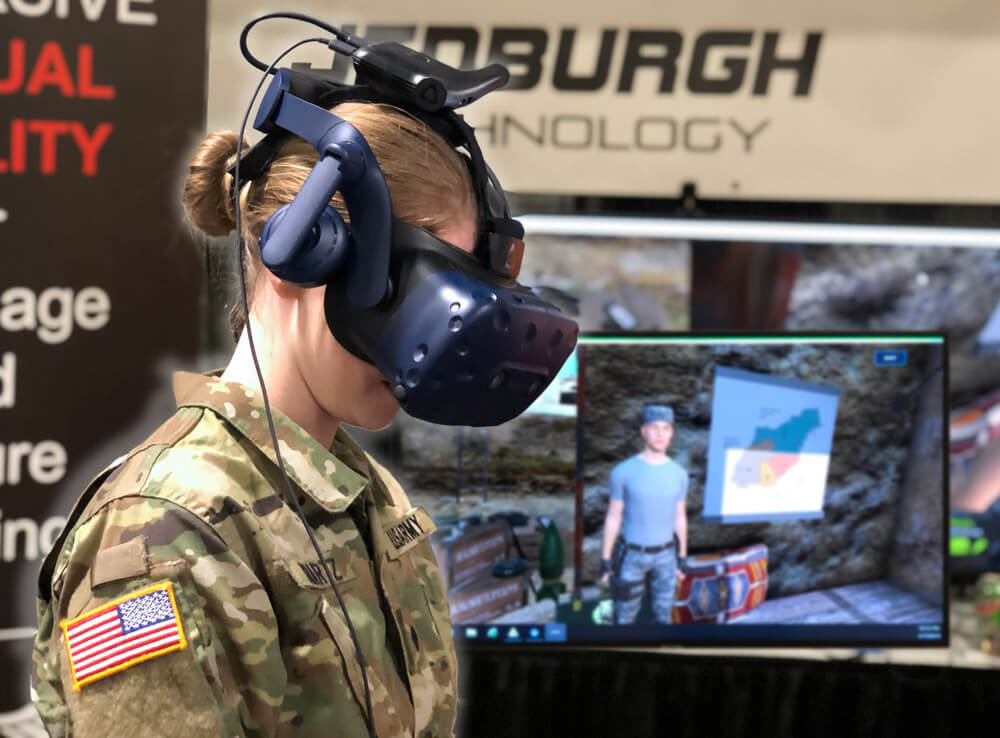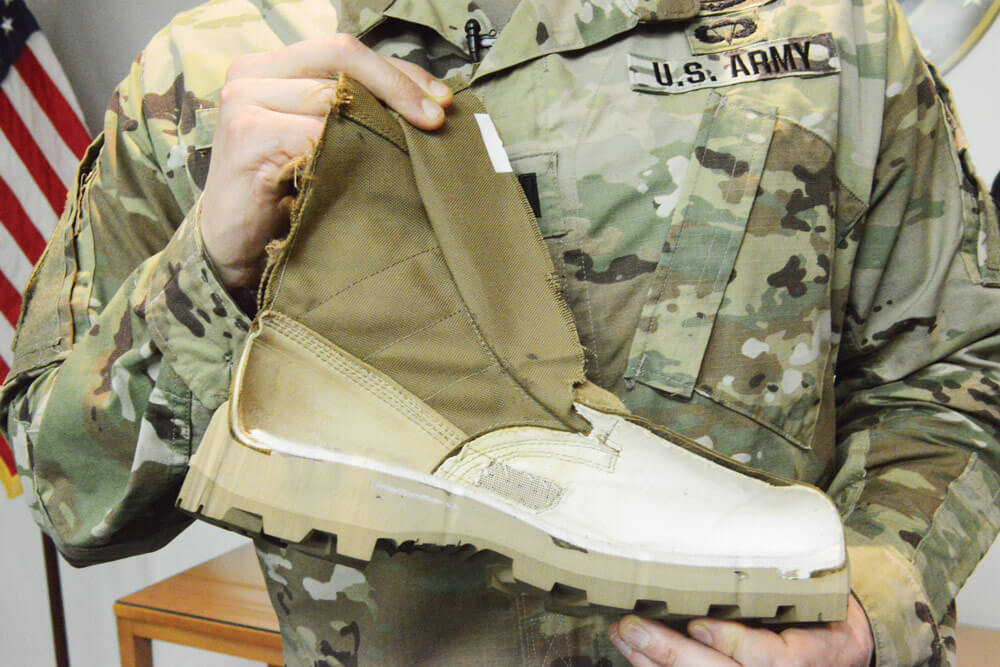New System Allows For Smoother Communication During Emergency Responses.
In the critical hours following a national disaster, fast and clear communication between first responders can be the difference between lives saved and lives lost. To ensure the optimal functioning of vital communication tools in times of disaster, the Army’s Program Executive Office Command, Control, Communications-Tactical (PEO C3T) has developed the new Disaster Incident Response Emergency Communications Terminal (DIRECT).
DIRECT enables the Army National Guard to provide collaboration and communication services at incident sites, linking local first responders and emergency managers with State and Federal authorities, even when local commercial services become inoperable.

Lines of communication are often severely limited in the immediate aftermath of a domestic emergency. Cellular towers and telephone and Internet lines may often be blown down or damaged. In response to these limitations, “DIRECT allows the communication capability between responders to begin immediately,” said Kevin Holland, Deputy Division Chief of the National Guard Bureau’s Joint Command, Control, Communications and Computers branch.
Holland went on to say, “The capability is critical because you can communicate with anyone anywhere. You can be at a State’s Joint Force Headquarters and communicate with a search and rescue team out in the field.”
Without compromising the security of the military network, DIRECT utilizes the Army National Guard’s Warfighter Information Network-Tactical (WIN-T) to provide commercial 4G/Wi-Fi, commercial phone and Internet access, and the ability to connect the various types of radios responders bring to an incident site. This means Soldiers and other responders can communicate using cell phones, telephones, radios and even video conferences.
DIRECT, which was fielded to all 54 States and Territories just last year, replaces the Army National Guard’s legacy Joint Incident Site Communication Capability (JISCC). Although JISCC was a highly useful first responder communications tool, it did not enable direct communication over the WIN-T network.
The realization of the need for tools like JISCC, and now DIRECT, came after Hurricane Katrina and 9/11. The inability of first responders, military and other critical organizations to effectively communicate became gravely apparent during these historic disaster recoveries. Phone lines and cell towers were completely destroyed or overloaded, and first responders’ disparate communications equipment was not fully interoperable, significantly delaying critical emergency response. In some instances, during the 9/11 recovery, too much or too little of certain supplies were delivered to recovery personnel due to these communication issues.

By contrast, when tens of thousands of National Guard Soldiers were activated this past summer in response to Hurricanes Harvey, Irma and Maria, DIRECT systems were onsite during each of the response missions, providing immediate and vital communication services.
Army National Guard units from Alaska, California, Connecticut, Illinois, Minnesota, Nebraska, Nevada, Oregon, Washington and West Virginia brought their DIRECT systems to Puerto Rico in response to Hurricane Maria. The instant communication capability allowed the Federal Aviation Administration (FAA) to coordinate flights in and out of a local airport.

“Fiber-optic lines at the airport were severed in the hurricane,” said CW3 Israel Alvarado, Signal Officer, Puerto Rico Army National Guard. “DIRECT allowed the FAA to coordinate incoming and outgoing flights, which was important because some of the incoming flights had cargo that we needed.”
The development of DIRECT has ensured that Guard Soldiers and first responders can communicate seamlessly during any major event. Holland summarized the change the system has brought to emergency response missions this way, “It has eliminated the most critical communication gaps that can arise during a domestic emergency response effort.”
By Staff Writer Justin Creech



